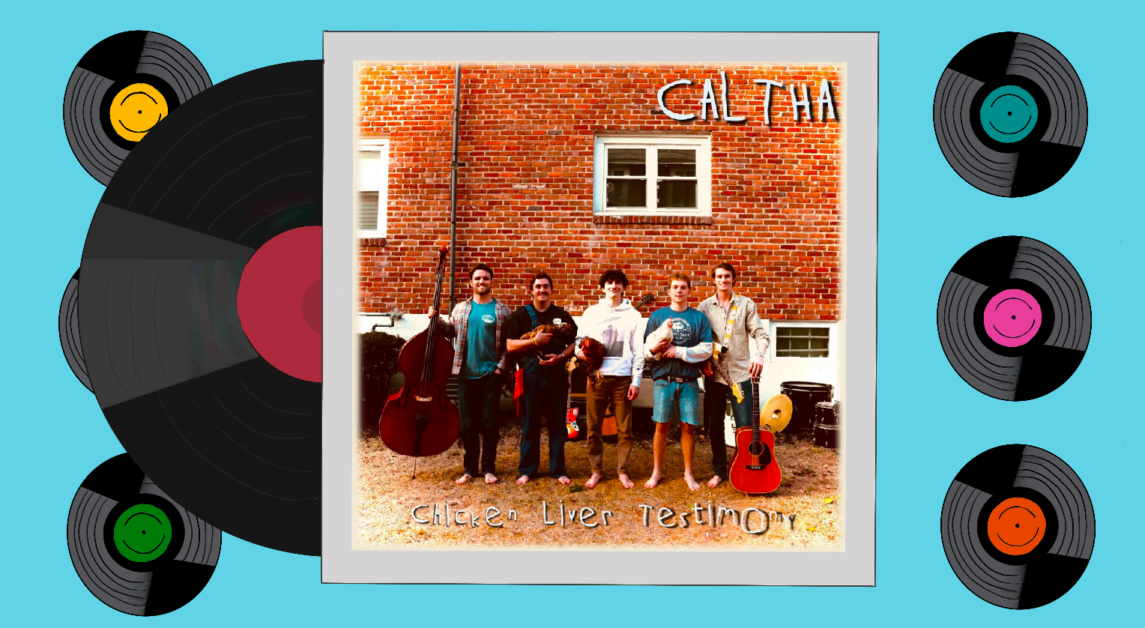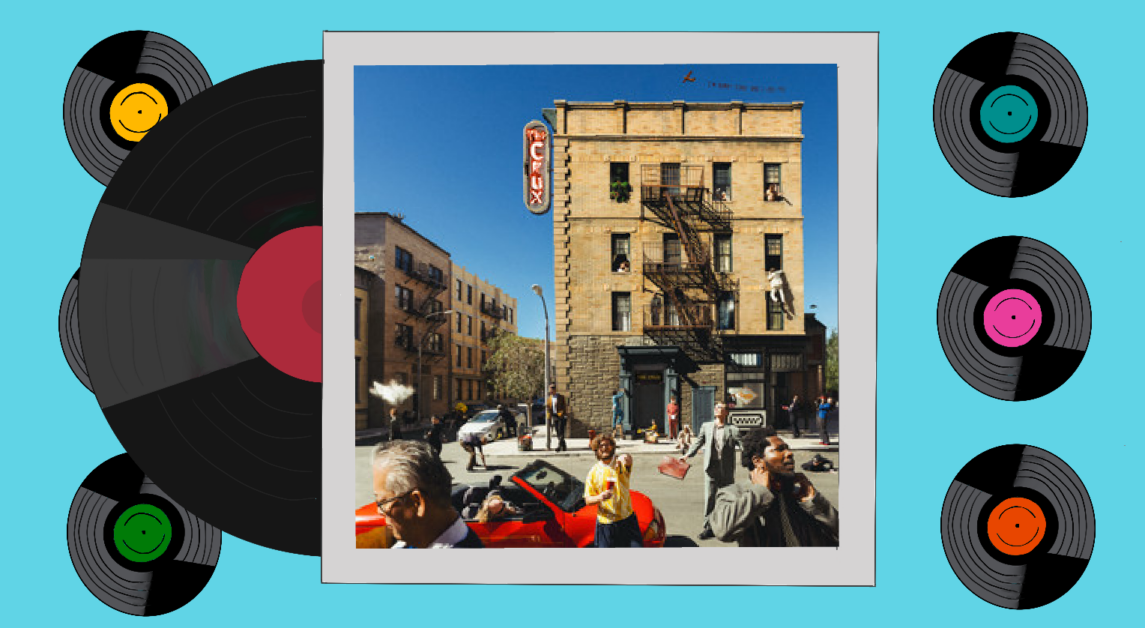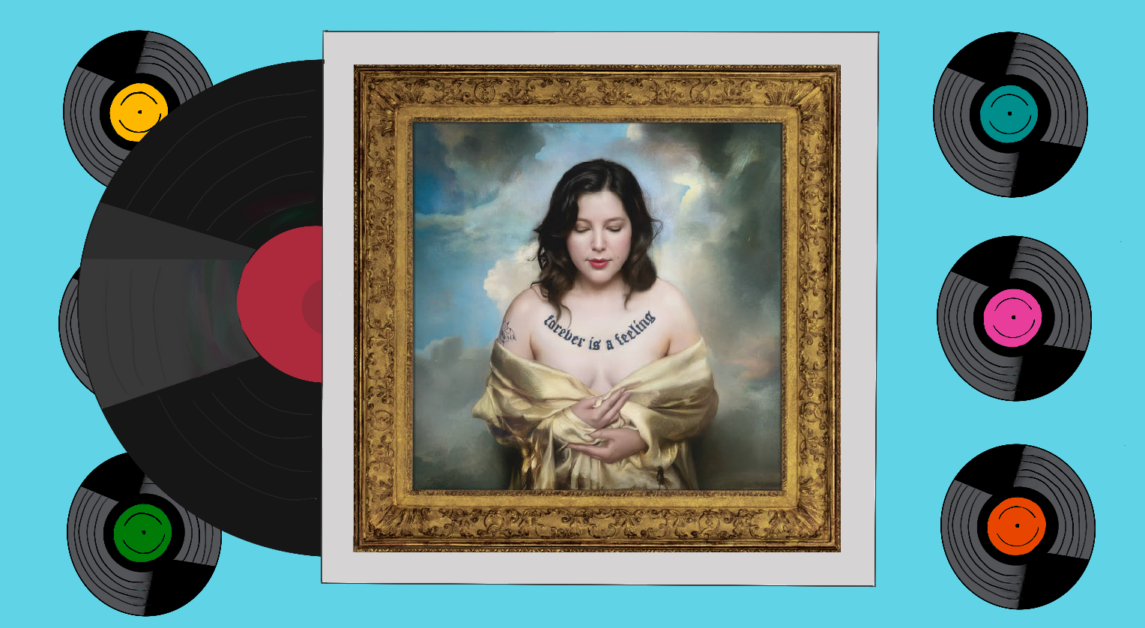![]()
Of all the twists and turns that have marked Bob Dylan’s career, few were so dramatic as his motorcycle accident in June 1966—an event that nearly killed him and put a sudden halt to a career lived and scrutinized on the world stage. Retreating from public view to recuperate and spend time with his family, Bob Dylan also returned to his musical roots, gathering with his band to play impromptu sessions in their basement at Woodstock. The huge volume of music recorded in that basement was never meant to be officially released, but it circulated among bootleggers for years before The Band released a heavily edited, two-album version in 1975.
Nearly five decades after the original recordings, the gatekeepers at Sony have finally unleashed the floodgates. The result is the 138-track, six-disc collection The Basement Tapes Complete, along with a more digestible two-disc version.
The Basement Tapes have often been revered by Dylanologists as a kind of sacred object, but that attitude belies the quality of the music itself, which is loose and ragged and improvisatory. The early tracks find the band dipping their toes musically, jamming out with unrehearsed country and folk covers, from Johnny Cash’s “Folsom Prison Blues” to the traditional Irish tune “The Auld Triangle.”
To say that these performances are unpolished is an understatement. That is both the appeal and the limitation of the raw Basement Tapes: it offers the chance to hear the raw creative process at work, to be a fly on the-wall in a session where good ideas and bad ideas are bandied about indiscriminately, a place where nascent masterpieces and tossed-off jokes exist side by side.
On the masterpiece side we have established classics like “Tears of Rage,” a wrenching ballad of fatherly grief, or “I Shall Be Released,” Dylan’s Gospel-tinged anthem of freedom. Such tracks have long been available, but here multiple versions are presented, and their spare quality makes them all the more powerful. The lyrics to these songs are direct and pleading—a betrayed father addressing his daughter and a prisoner yearning for freedom—and the stripped-down versions cut deep.
The same is true of “Sign on the Cross” and “I’m Not There,” two of the sessions’ longest and most beguiling tracks. “Sign on the Cross” is a seven-minute spiritual, anchored by a reverent organ part and beginning with a gentle whisper of a vocal, which later soars into ecstatic fervor and then settles into a talking sermon. The song is a revelation, showing off the many modalities of Dylan’s voice and making his Gospel influences clear. “I’m Not There” is the ultimate diamond in the rough, a song where Dylan’s impassioned vocal utterly sells the uncertain emotion at its center. “No, I don’t belong to her, I don’t belong to anyone / She’s my Christ-forsaken angel but she don’t hear me cry,” Dylan sings in a circular and curiously abstract song about self-doubt and powerlessness.
Most of The Basement Tapes, though, takes itself a lot less seriously than those two tracks. The album is full of silly blues and rock songs, rife with weird turns of phrase, populated by characters named Silly Nelly and Quinn the Eskimo. The constant, playful experimentation of these songs are what make them so charming, even as they pay tribute to the countless musical traditions to which they are indebted. Dylan and the Band leave no stone unturned in their exploration of American musical traditions: folk, rock, country, blues, and gospel are all accounted for here, blending together in a seamless musical mixture and adding up to a portrait of what Greil Marcus calls the “old, weird America.”
When The Basement Tapes first circulated, at a time when the music industry was obsessed with psychedelia and concept albums, the music surely seemed like a throwback to that old, weird America, and to a time of more authentic musical traditions. Fifty years later, this endlessly rewarding collection feels not so much like a conscious throwback as a part of that era itself—a set of songs that have improbably cemented their status as a classic, and have become timeless.
Featured Image Courtesy of Columbia Records












